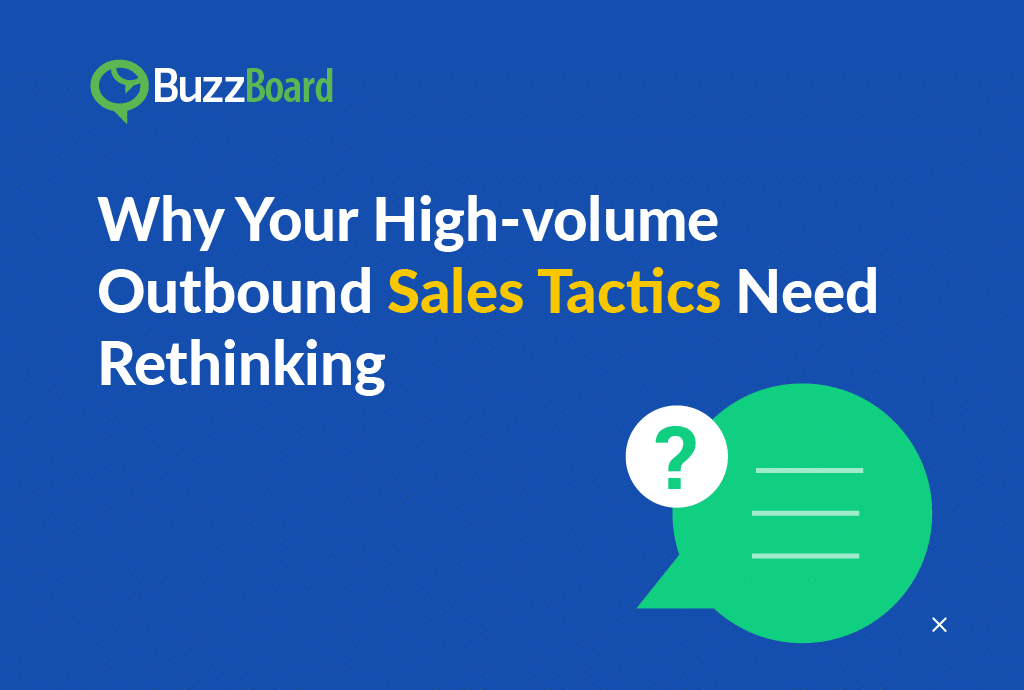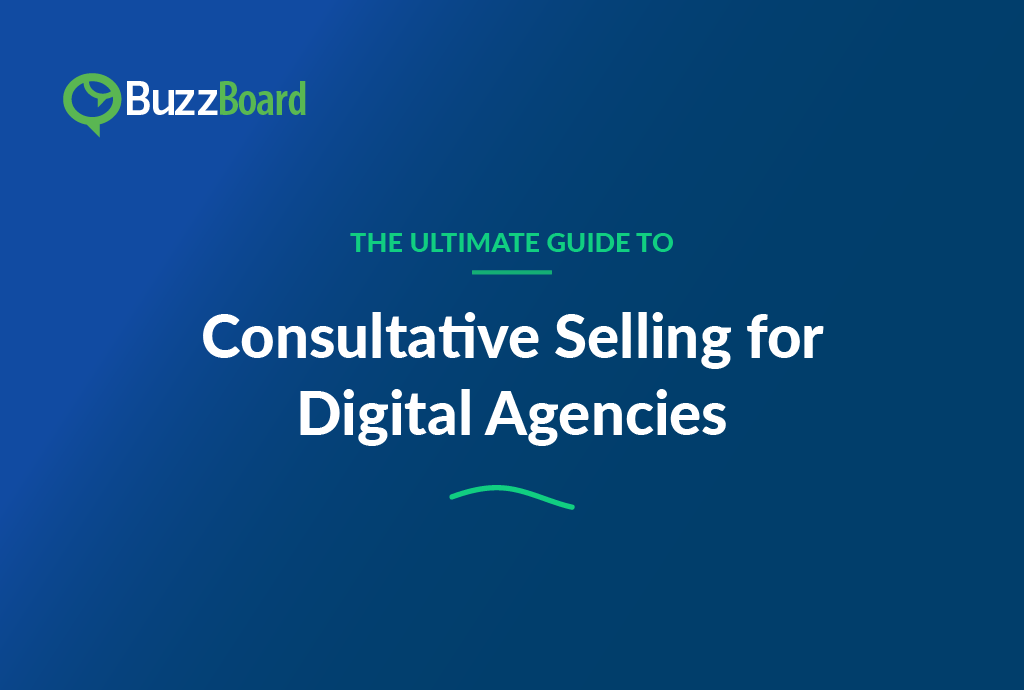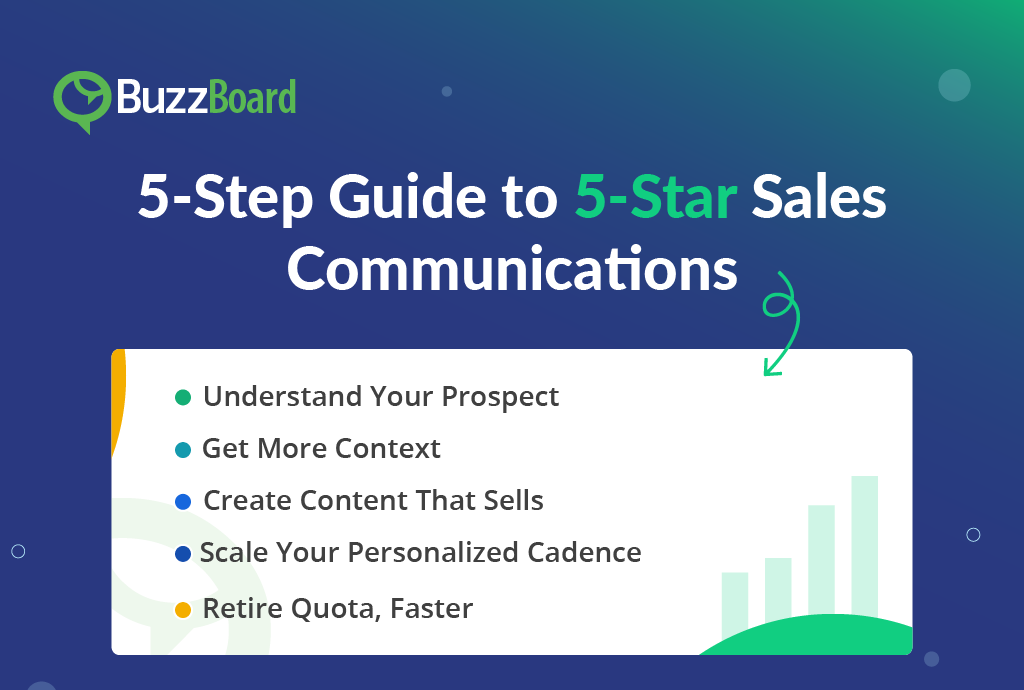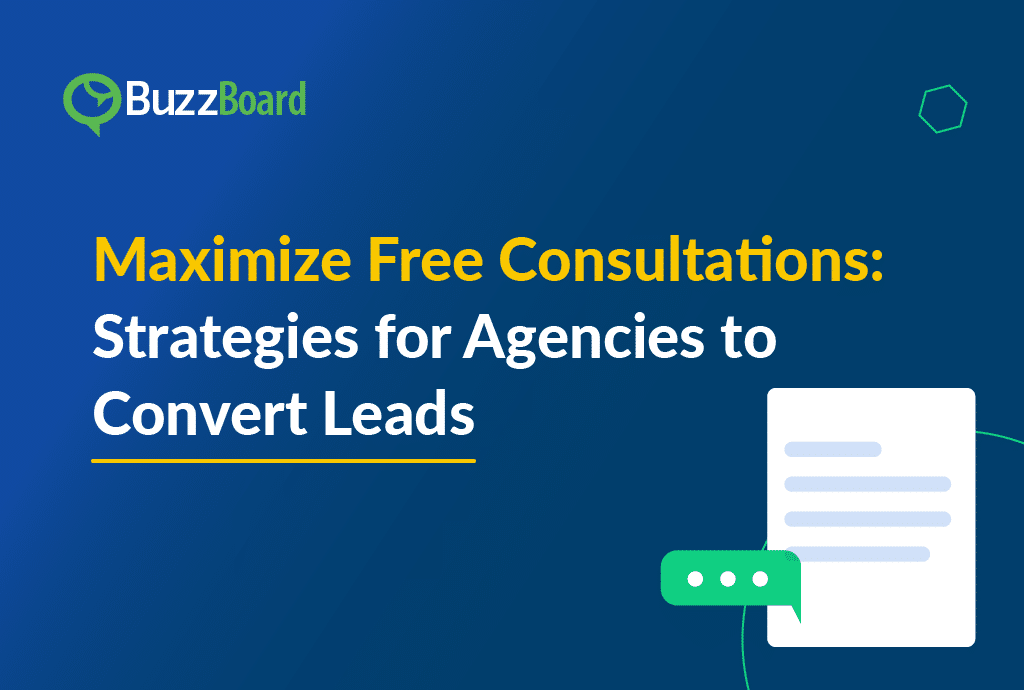The era of bombarding consumers with unwanted marketing messages is coming to an end. High-volume outbound messaging, once a pillar of sales and marketing strategies, has lost its effectiveness and relevance in today’s world. But the real cause, at the moment, is more than just that!
AI-powered sales execution platform Outreach has recently disclosed new “spam prevention” policies rolled out by Google and Yahoo. Outreach, in its attempt to reach out to its users, has clarified that “Google and Yahoo are aiming to reduce the amount of spam emails received by their users, as well as improve email security. To accomplish this, any bulk sender of email will be subject to strict new requirements in order to avoid experiencing email deliverability issues. Google will begin enforcing new requirements on February 1, 2024, while Yahoo notes their enforcement will begin “in the first quarter of 2024”.”
But as a sales leader or entrepreneur, how do you know which organization could be labeled as a “bulk sender”? What does this new rule mean for your business? Or what should be your alternative outbound sales tactics to reduce the chances of getting spammed? Keep reading for all the updates and recommended strategies.
Digging into the Issue: High-volume, Low-relevance Messaging Has No Future
Today’s consumers are overwhelmed, yet increasingly numb to the noise. Inbox overload has led to important messages getting lost while relentless promotions go ignored and unopened. At the same time, screening tools and blocking options allow consumers to protect their time and attention. Without relevance or consent, no amount of frequency can cut through the clutter.
Pushing volume over value is also eroding brand loyalty across demographics. Younger consumers demand meaningful conversations that align with their values. And older demographics are also realizing they need not tolerate disruption or nuisance from faceless corporations. Once crucial audiences tune out, no level of outbound bombardment will bring them back.
The writing is clearly on the wall—marketing and sales leaders still clinging to this outdated approach will find themselves out of touch and out of favor. To build brand value or engage target audiences, outbound communication must deliver real value, not just volume. The future lies in relevant, thoughtful messaging focused on quality over quantity. It’s calling for a more nuanced, personalized, and respectful approach, and it’s time to listen.
Redesigning Your Outbound Strategy with Hyper-personalization
The rise of hyper-personalization stands as a beacon of hope amidst the looming threat of messages lost in the spam abyss!
This strategy uses data and analytics to deeply segment audiences and tailor messages to precise consumer needs. By delivering true value and relevance to each individual, brands can break through the clutter to drive real engagement.
The technology now exists to gather insights and preferences on a granular, one-to-one level. With care and transparency, marketers and sellers can develop ‘audience of one’ outbound communication to replace meaningless mass broadcasts. But customizing content is just the beginning—savvy timing, optimal channels, and meaningful calls-to-action also make messages welcomed, not written off.
The consumer landscape has clearly changed. Hyper-personalized outbound communication that educates, advises, and speaks to precise needs is the future. Not only is it welcomed by consumers, but regulations now demand transparent value exchange over nuisance behavior. Combined with stronger data privacy laws, the expectation is clear—use insights judiciously to craft relevant messages.
But What Does the New Spamming Prevention Policy Mean for My Business?
It’s a fact that too many complaints can get a business’s IP addresses or domains blacklisted, severely damaging their email deliverability and marketing capabilities. And removal from blacklists is very challenging. The new policy is sort of on a similar track.
“… if a bulk sending organization has an abuse complaint rate of 0.3% and higher, Google and Yahoo will automatically block all messages coming from that organization.”
How Does the Policy Define a “Bulk Sender”?
Google and Yahoo have very clearly stated that “an organization sending 5,000 or more messages each day to the Google or Yahoo network” will be the bulk senders. And this includes any email sent to services addressed by both of these tech giants.
The policy further adds, “The daily threshold pertains to all emails originating from your entire organization, regardless of the platforms or methods used to send them.”
The numbers don’t lie. Response rates have steadily plunged as audiences apply tools to protect their time and attention. Like a tide, tolerance for distraction and disruption is receding and the current of expectation moves toward valuable, one-to-one communication. Companies who fail to shift approach will soon be left stranded.
The early adopters of one-to-one relevance models will gain advantage as laggards face blacklists, lawsuits and business failure. Remember, the consumer has spoken—bombardment is out. Tailored value is in.








